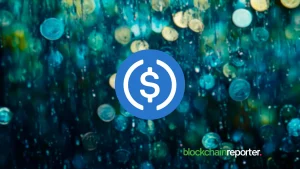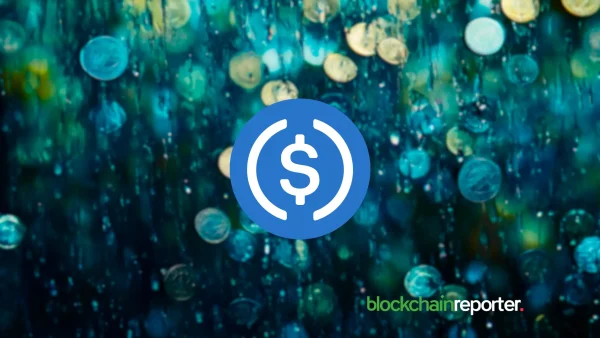
Cardano, one of the world’s leading decentralized blockchain platforms, has taken another step towards achieving its goal of creating a better world with the release of the Lace Wallet. This new wallet is the latest addition to the growing Cardano developer ecosystem, and it promises to offer users fast, secure, and easy-to-use Web3 experiences.
Created by the team at Input Output Global (IOG), the Lace Wallet has been designed with the same academic rigor and robust engineering that IOG is known for. However, what sets this wallet apart is its focus on community participation and beta testing. The development process was open to the public, and feedback from the community was used to refine the platform.
The First Light Wallet Platform
With Lace 1.0, Cardano users can send and receive digital assets like ADA, Cardano NFTs, and native tokens. They can also stake their ADA to contribute to the security of the network and receive rewards for their participation. The wallet also features hardware wallet integration for added security and a dApp connector that allows seamless connection to NFT marketplaces, dApps, and decentralized finance (DeFi) services.
In addition, getting started with Lace 1.0 is easy. Users can head to the Lace.io website and click the ‘Add to Browser’ button to install the wallet extension to their Google Chrome browser. Additionally, a step-by-step guide and interactive demo are available for those who want to learn more. The Lace Wallet is just the beginning for IOG, as they plan to release regular updates and enhancements to the platform.
A dApp store, desktop app, and digital identity solutions are already in development, and in-wallet swaps, fiat on/off ramps, and a richer staking experience with multi-delegation are in the pipeline. Overall, the release of the Lace Wallet is an exciting development for the Cardano community, and it is sure to have a positive impact on the adoption of ADA and the growth of the Cardano ecosystem.
Lace and other similar wallet services have the potential to provide users with convenient access to DeFi tools and incentivize them to use services on any blockchain. This could lead to a boost in the token ecosystem for that particular network as it attracts capital-seeking opportunities that may have diminished on other networks.









